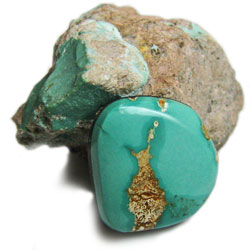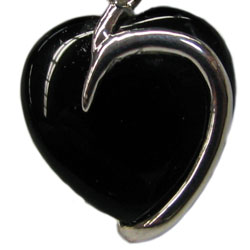
July

Ruby
Rubies have been revered since ancient times, particularly in Asian countries. Records suggest that rubies were traded along China’s North Silk Road as far back as 200 B.C. The name ruby derives from the word rubeus, the Latin word for red, and is the red variety of the mineral corundum (all other colors of gem-quality corundum are called sapphires). Trace elements of chromium gives ruby its red color and also causes florescence, making rubies glow like a fire from within. The red fluorescence power of ruby helped build the first working laser in 1960 and today synthetic rubies, as well as natural rubies, are still used to make lasers in addition to watches and medical instruments.
The glowing fire within the ruby has enchanted many throughout the ages, Greek legends claimed that a ruby’s fire could melt wax and the Hindus believed that it burned so hot it could boil water. Rubies were also considered stones of protection, in Burma warriors believed that rubies made them invincible and would insert rubies under the skin to protect them from being wounded in battle. A ruby’s protection also extended to property and it was believed that wherever the stone dwelled nothing would be stolen or damaged. Wearing a ruby was also said to bring health, wealth, wisdom and success in love. Worn on the left side a ruby gave the ability to live in peace among enemies. Also, as with most red stones, rubies were believed to stop bleeding and cure inflammatory disease.
Other July Birthstones


Print